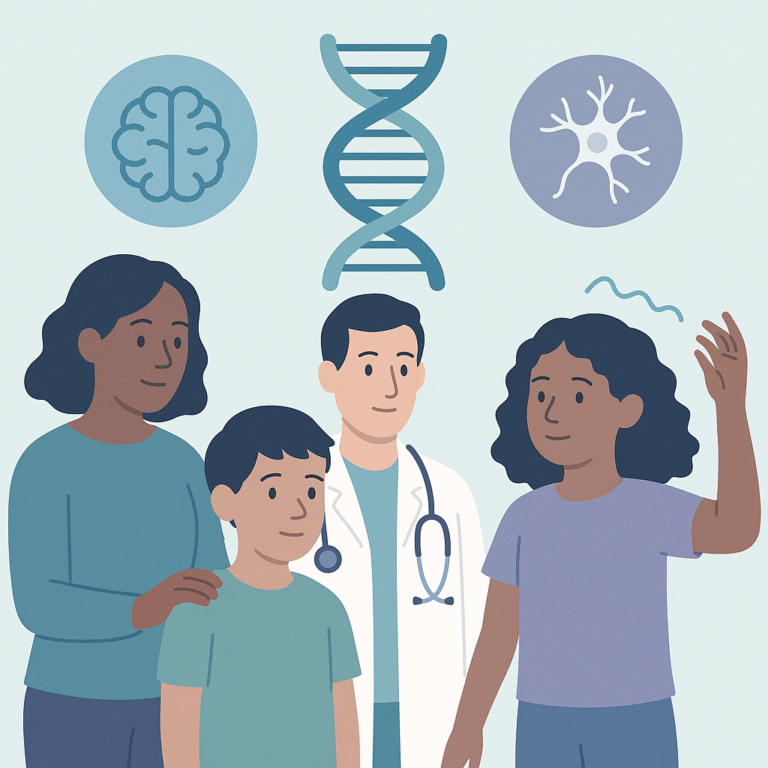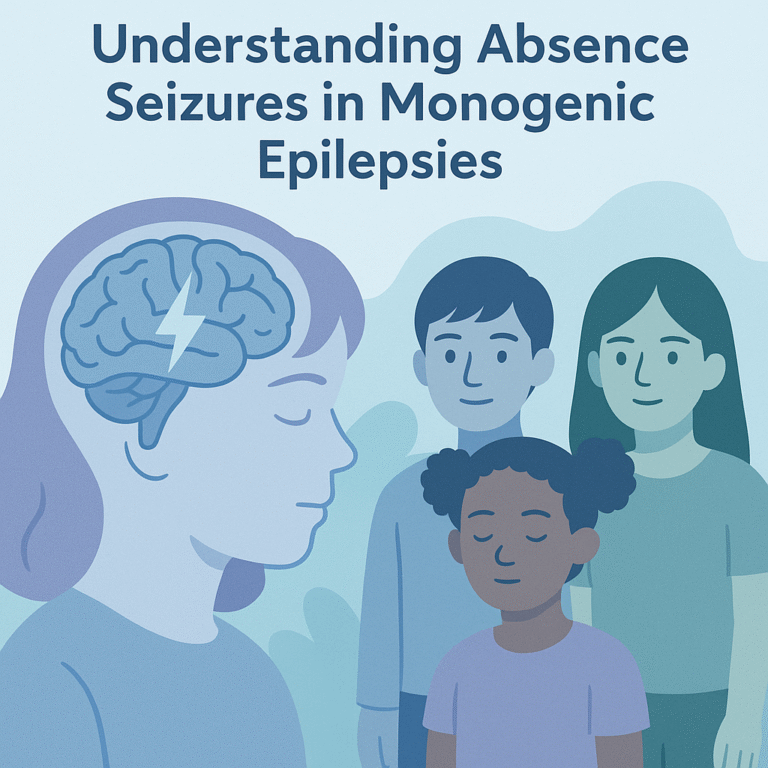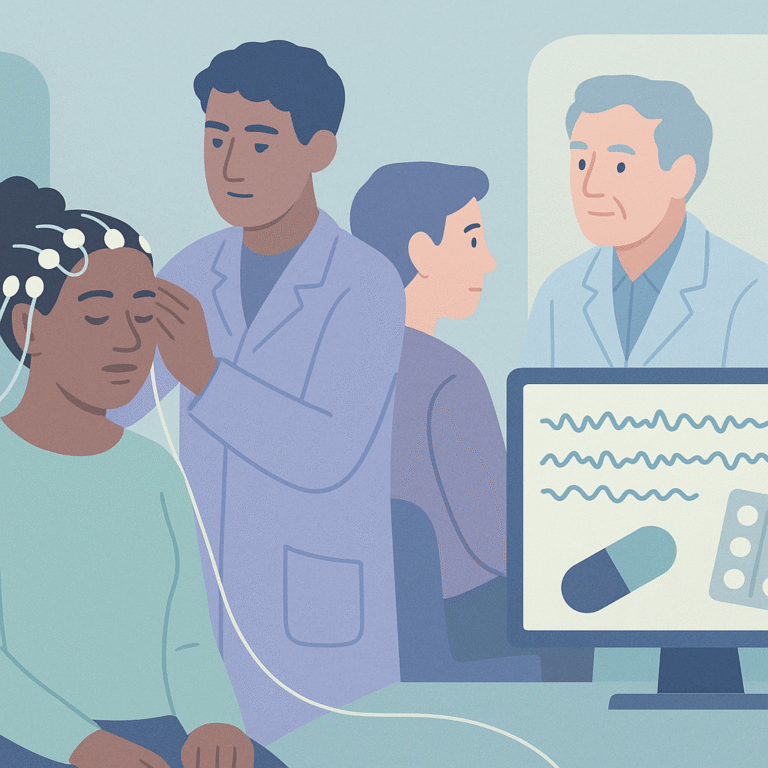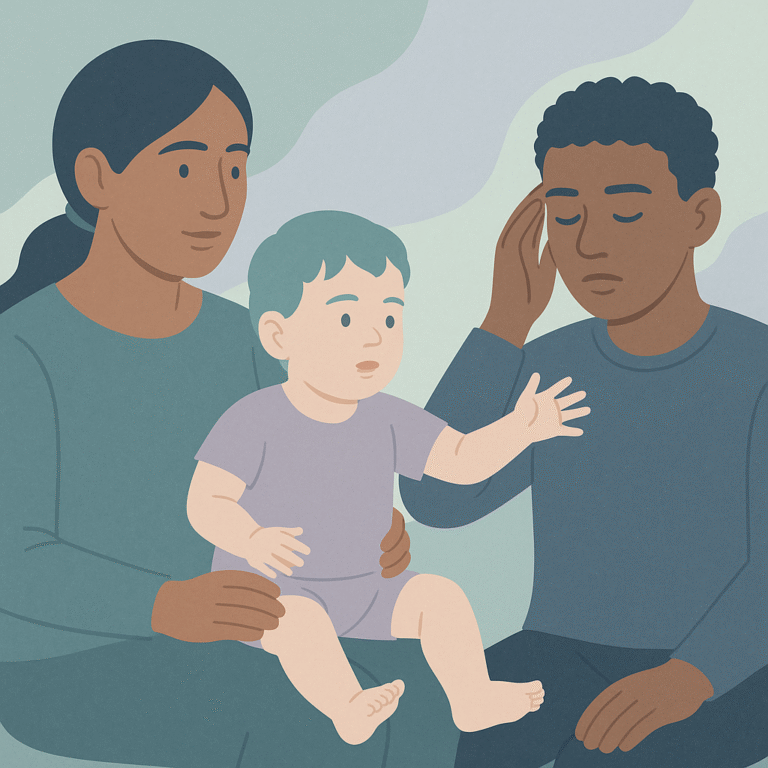AI Models Predict Seizure Control in New Epilepsy Patients
This study focused on how artificial intelligence (AI) can help predict how well people with epilepsy will respond to their first two antiseizure medications (ASMs).
Latest on EEG and imaging in epilepsy, how tests predict outcomes and guide treatment, all presented in plain English for normal people.

This study focused on how artificial intelligence (AI) can help predict how well people with epilepsy will respond to their first two antiseizure medications (ASMs).

This study looked at how the glymphatic system, which helps clear waste from the brain, functions in different types of temporal lobe epilepsy (TLE).

This study looked at children with epilepsy and movement disorders, known as EPIMDs, to better understand their genetic causes and how these conditions present.

Researchers studied 160 patients with absence seizures linked to specific genetic causes, known as monogenic epilepsies.

Researchers studied how well machine learning could predict the effectiveness of anti-seizure medications (ASMs) using routine EEG tests.

Researchers studied non-convulsive status epilepticus (NCSE) in unconscious patients in intensive care units (ICUs).

Researchers studied how deep brain stimulation (DBS) and responsive neurostimulation (RNS) can help people with drug-resistant epilepsy (DRE), which is epilepsy that doesn’t respond to medications.

Researchers studied a specific genetic change in the NBEA gene in a child from China who had developmental delays and epilepsy.

This study looked at the effects of resective surgery on children with drug-resistant epilepsy related to tuberous sclerosis complex (TSC).